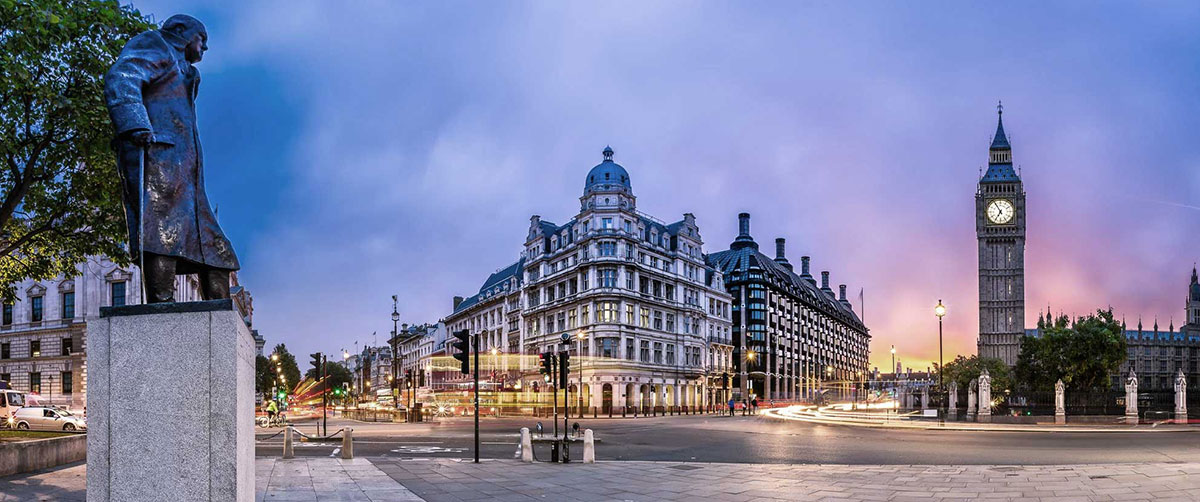
O nowomowie słów kilka
Drodzy Słuchacze!
Jakiś czas temu miałem okazję czytać na temat ciekawego zjawiska językowego, jakim jest nowomowa – po angielsku: newspeak. Przy okazji opisywania jej cech charakterystycznych, takich jak dwubiegunowość przedstawionego świata, obecność sztywnych formuł, nacechowanych często pogardą wobec przeciwnika, padają trudne do zaakceptowania pojęcia „ciężkiej choroby języka”, zarażenia (zainfekowania) nowomową itp.
Rzecz w tym, że język jest od swojego powstania narzędziem, którym posługują się ludzie po to, by coś komuś zakomunikować, wyrazić siebie lub wpłynąć na kogoś. Tylko w pewnych sytuacjach staje się swoistą bronią w walce
z adwersarzem. Aby lepiej przekonać kogoś do swoich poglądów sięga się po określone pojęcia lub je wręcz tworzy (neologizmy). Jako językoznawca przyglądam się temu z zaciekawieniem. Kreatywność ludzka jest bowiem w tej mierze niezwykła. Siła rażenia wyrafinowanej żonglerki językowej może być dla adwersarza bardzo bolesna. Niestety bywa ona bolesna też i dla prawdy. Dlatego zgadzam się z opinią, iż podstawą porozumienia jest zaprzestanie używania nowomowy, czemu służyć może jedynie zmiana intencji użytkowników języka.
A teraz zapraszam do zapoznania się z nowym artykułem. Piękno opisanych przez naszą lektorkę stron jest niezwykłe. Zachęcamy do obejrzenia tych fascynujących krajobrazów na stronie internetowej.
Pozdrawiam,
Wojciech Gajewski
Diving between the American and Eurasian tectonic plates in Silfra, Iceland
Have you ever seen the movie ,The Big Blue’, where one of the leading characters, Jacques Mayol, dives in the iced covered cold lake of the Peruvian Andes? That reminds me of my artic adventure while snorkelling in the ice-cold waters of Iceland.
I chose nice Icelandic summer to immerse myself into the blue crystal-clear waters of Iceland’s Þingvellir National Park. The most notable fissure to be found along Þingvellir lake is the Silfra fissure, a rift in the earth’s crust between the North American and Eurasian tectonic plates. When you step into the near-freezing water of the Silfra fissure as a diver or snorkeler, you are literally stepping between two continents. This is a cold and spectacular place!
It is a bit extreme to decide to snorkel in waters with temperatures at 2-3 degrees Celsius all year around. However, it is absolutely possible!
First, you have to squeeze in a very tight neoprene diving suit. It is a wet suit which means that the parts of the body protected by neoprene get wet. So, your hands are going to be really freezing during the forty minute submersion. Your lips after initial freezing shock will get used to the cold, but your icy hands will not. It takes some time to gear up. Once you have your wet suit on, they provide you with basic gear: snorkels, gloves and hoods before you jump into the water.
The water on the surface had looked rather uninteresting but from beneath it was quite amazing. I could not really focus as I had trouble to keep my balance. At the beginning I was rolling in the water as though I would be a big ball. I was staying behind the group and had to swim fast to catch up with the others. Therefore, I could not really enjoy the experience from the start. But once I understood the wet suit and how I should be in the water, I was feeling like in a dream where you fly through a lagoon that is so quiet.
An added value is the visibility in the fissure. It is around 100 metres! In the ocean it is about 30 metres. The fissure is quite shallow at parts and reaches 63 metres down at its deepest. The lava rock walls are covered with translucent, orange algae that looks like the skin of a jellyfish.

I enjoyed this amazing and surreal experience of being in one of the three coldest diving spots in the planet. The breathtaking beauty of its nature formation made me feel as though I was in a dream. Once I will watch again the photos and tell myself the story… But will I believe it?
Vocabulary
Eurasian tectonic plate – a major tectonic division of the earth’s crust, comprising the continents of Europe and Asia as well as several suboceanic basins (the West European, Norwegian, Lofoten, Aleutian, and South China Basins), separated from the North American Plate by the subsea Reykjanes Ridge, bounded on the south by the African and Indo-Australian Plates, and on the east by the Philippine and Pacific Plates. (płyta tektoniczna)
Immerse – to plunge into or place under a liquid; dip; sink. (zanurzyć)
Fissure – a narrow opening produced by cleavage or separation of parts. (pęknięcie, szczelina)
Rift – an opening made by splitting, cleaving. (rozszczepienie, rozpadlina)
Crust – the outer layer of the earth, about 22 miles (35 km) deep under the continents (continental crust) and 6 miles (10 km) deep under the oceans (oceanic crust). (skorupa)
Neoprene – oil-resistant synthetic rubber: used chiefly in paints, putties, linings for tanks and chemical apparatus, and in crepe soles for shoes. (neopren)
Submersion – immersion. (zanurzenie)
Visibility – the state or fact of being visible. (widoczność)
Translucent – clear, transparent. (przejrzysty)
Jellyfish – any of various marine coelenterates of a soft, gelatinous structure, especially one with an umbrellalike body and long, trailing tentacles; medusa. (meduza)
